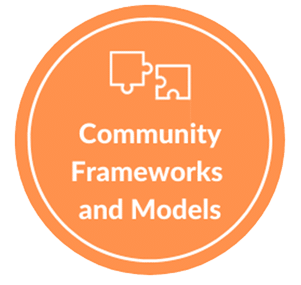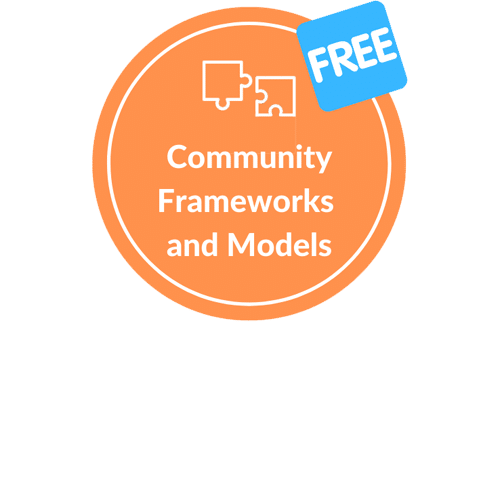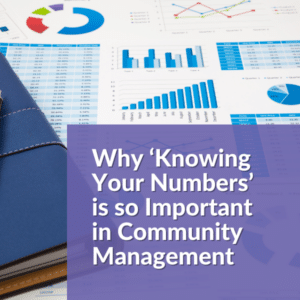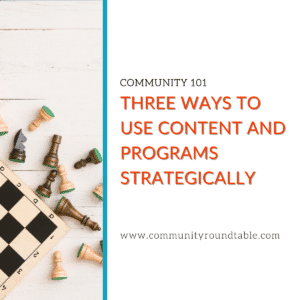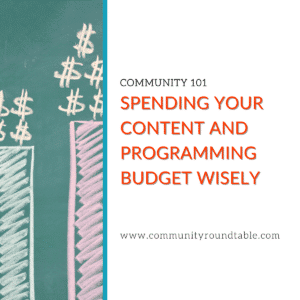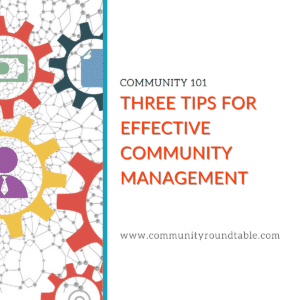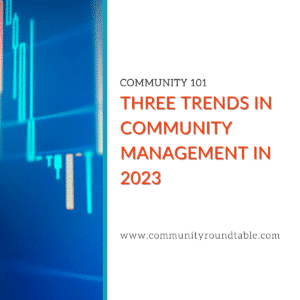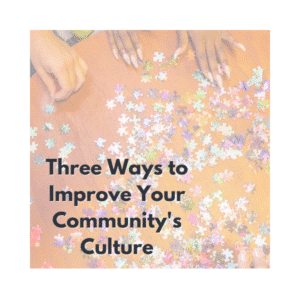The Work Out Loud framework is now the Community Engagement framework. Same great ideas, new community-focused title.
How do you measure engagement? or culture? The state of the art in measuring engagement is to measure click-throughs. That’s not asking very much. And it certainly won’t get you to collaboration, co-creation or innovation. Far too often engagement is thought of as one specific activity and therefore a switch; either someone is engaged or they are not.
The reality is far more nuanced.
In communities, viewing and clicking on content is not enough to build relationships or community value. Unless community managers can create a culture that makes individuals feel comfortable enough to share their experiences, answer other people’s questions and ask their own questions, the community will fail.
The Community Roundtable's Community Engagement Framework is our tool that articulates four stages of culture change, and documents how cultures move from transactional relationships to collaborative relationships that allow people to explore out loud, a core attribute of collaborative and innovative cultures.
Communities, managed well, are the mechanisms to establish and extend social trust, which is required for broad and deep engagement. By breaking down engagement behaviors into four categories, the Community Engagement Framework allows organizations to measure their culture, understanding what percent of their constituents are:
- Validating
- Sharing
- Asking & Answering
- Exploring
 Community Engagement Framework by The Community Roundtable is licensed under a Creative Commons Attribution-NonCommercial-NoDerivatives 4.0 International License.
Community Engagement Framework by The Community Roundtable is licensed under a Creative Commons Attribution-NonCommercial-NoDerivatives 4.0 International License.
By measuring what percentage of a community is exhibiting each of these behaviors and in what volume, you can see how passive, reactive, open or proactive the culture is. Does the culture support only passive and reactive behavior or do individuals feel confident enough to take ownership of problems and solutions? You can see that in the prevalence of questions and open-ended explorations.
Community managers use this data to prioritize and focus their approach – creating programming and engagement strategies to nudge the community incrementally along the engagement curve, ensuring social validation and rewards along the way. As behavior in the community changes so too does the management approach.
Culture is often thought of as something vague that can’t really be measured. But community managers see it every day in the way people are willing to interact with each other when they are not required to do so. That is very telling of how generous, supportive, open, caring and innovative the culture is – and it can be measured. By measuring the culture, you can also then measure the effectiveness of its leadership. This can be done for one small community or for an entire network. It can be done across multiple channels. And it can be done for an entire organization or its customer ecosystem.
This short, on-demand course gives learners a comprehensive overview of the four frameworks and models that form the foundation of successful community programs.
Complete this free course in The Academy to receive your certification in Community Models and Frameworks. Learn more or start now.

